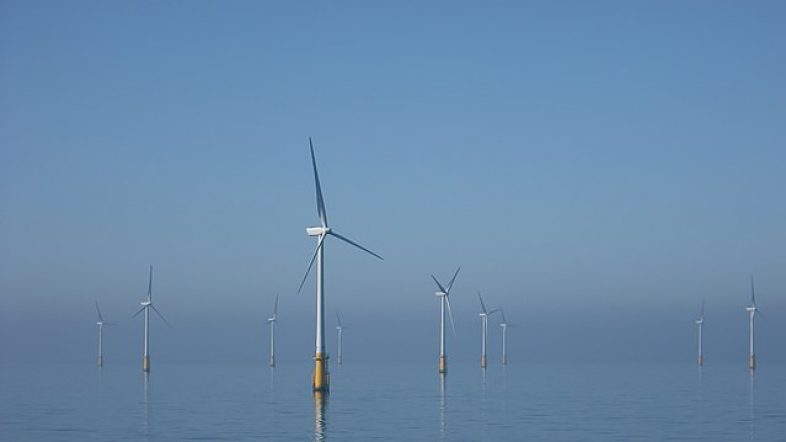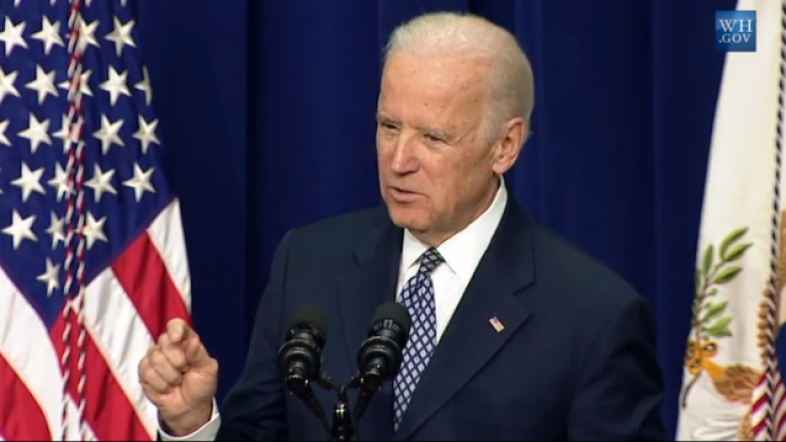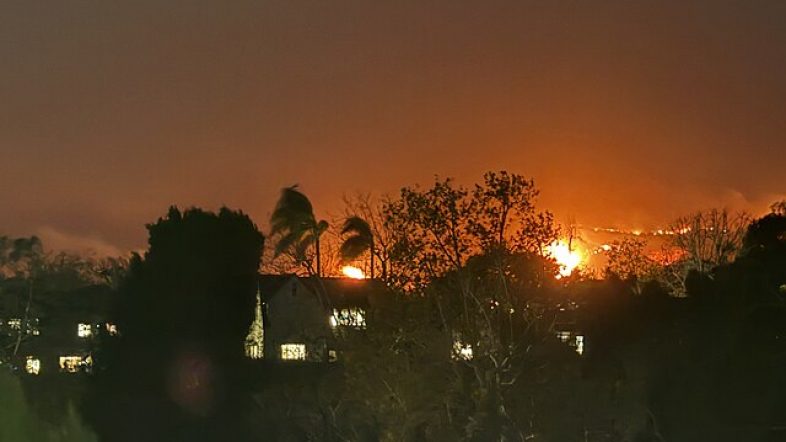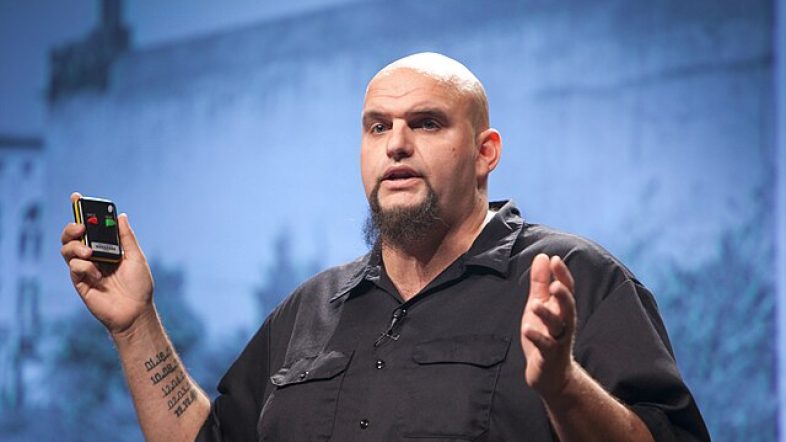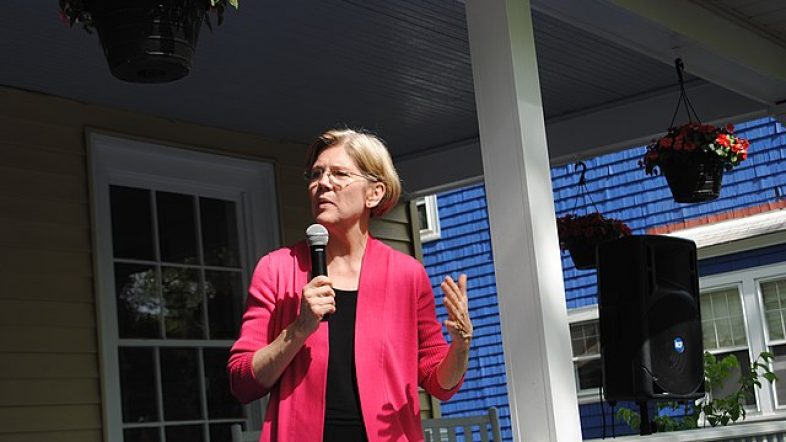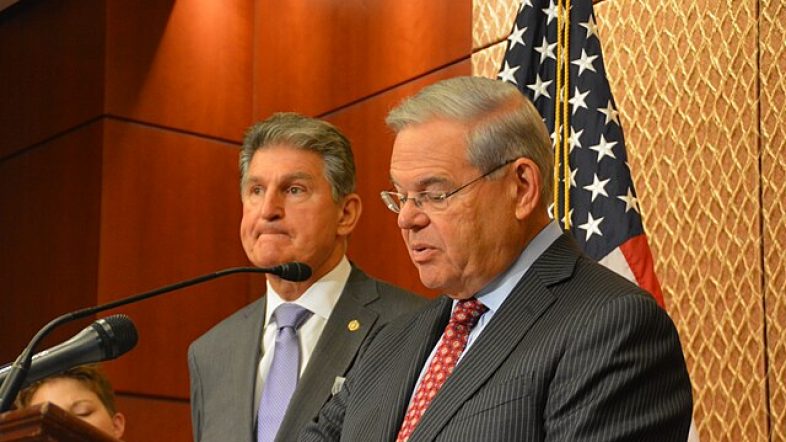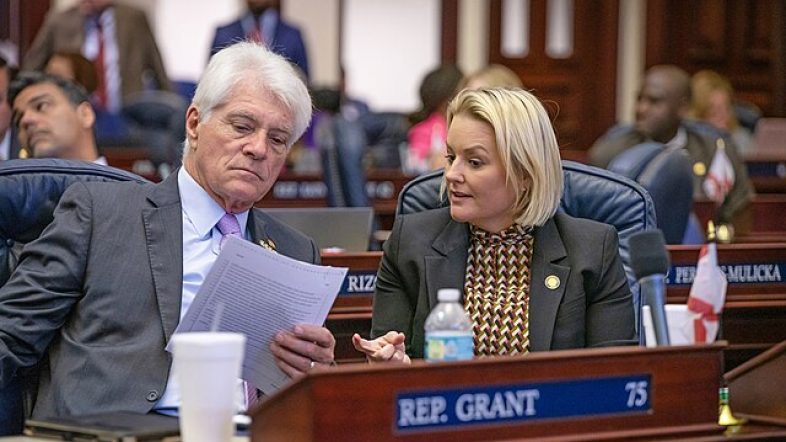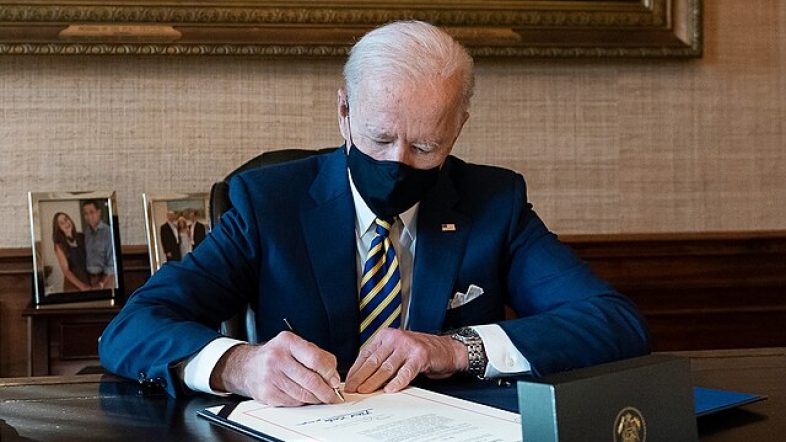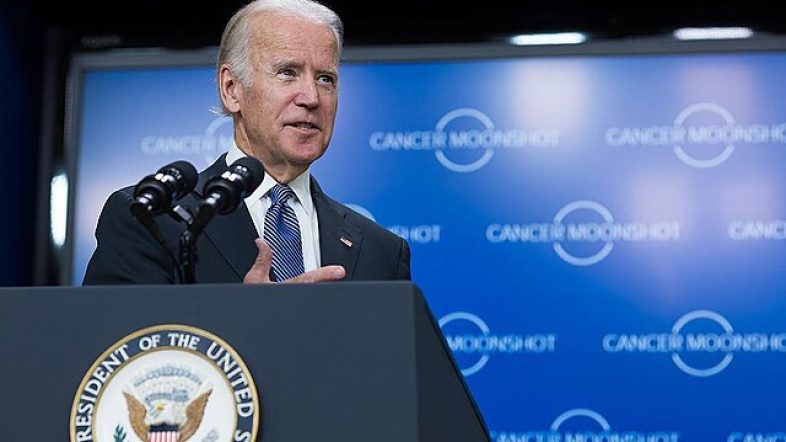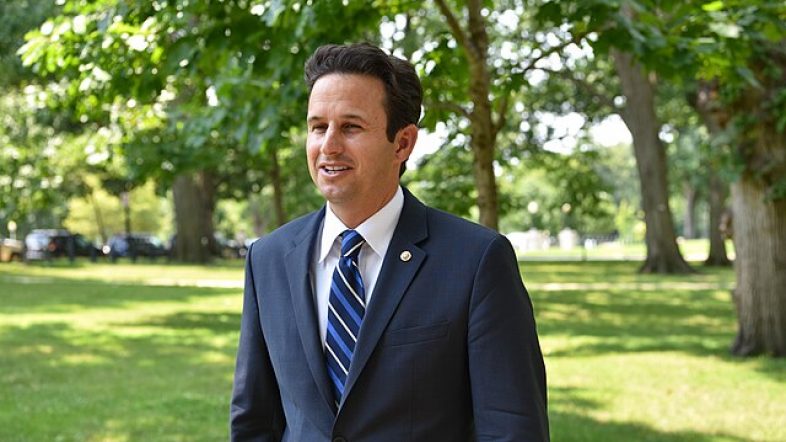Leading environmentalist organizations have offered inconsistent responses to a broken wind blade off the coast of Nantucket that has scattered debris into the ocean, with some staying entirely silent on the matter and others maintaining their support for offshore wind.
A giant blade on one of the Vineyard Wind development’s turbines broke on July 13, sending fiberglass, foam and plastics into the water and ultimately to the shores of Nantucket Island; the Nantucket Current reported Sunday that more debris fell into the ocean over the weekend in a “controlled detachment.” The debris could have negative environmental impacts, one grassroots environmental group told the Daily Caller News Foundation, and the fallout from the incident has led to multiple beach closures on the island.
“This extremely rare incident was certainly not without impact, but we continue to believe offshore wind is one of the safest forms of energy available to us. Compared to other energy disasters in the ocean like oil spills, this incident is fairly contained and easily cleaned up to prioritize the safety of marine life,” Amber Hewett, the senior director of offshore wind energy for the National Wildlife Federation (NWF), a major and pro-offshore wind green group, said in a statement shared with the DCNF. “The National Wildlife Federation will continue to advocate for the responsible development of offshore wind energy, while working to ensure marine and coastal wildlife and habitats are protected every step of the way.”
Greenpeace, a major environmental organization with a global presence, told the DCNF that it “[does] not have a campaigner that is able to speak on this issue.”
The broken equipment has been characterized as a defective product that resulted from lapses at a factory located in Canada, according to The Boston Globe. The blade’s failure prompted federal officials to effectively halt construction and operation of the wind farm before the company received permission to restart certain activities, and the company is still in the process of cleaning up the damage, according to the Nantucket Current.
Shards of fiberglass and plastic started washing up on Nantucket’s beaches in the days following the initial fracture, and there is concern that the debris that fell into the water over the weekend could end up doing the same if conditions are right, according to the Nantucket Current. Town officials closed several of the island’s beaches in July due to the presence of “significant sharp debris” that was floating in the water or just below its surface.
For its part, Vineyard Wind has stated that the debris from the busted blade is “non-toxic,” and an environmental assessment conducted by a third-party consultancy called Arcadis found that the blade’s component materials are “inert, non-soluble, stable, and nontoxic,” according to WBUR, Boston’s National Public Radio outlet. However, smaller grassroots eco-groups, like Green Oceans, have raised the alarm about the damage caused by Vineyard Wind’s broken blade.
Regardless of whether or not blade materials like Polyvinyl Chloride (PVC) foam are directly toxic, they could pose other environmental problems, such as introducing more microplastics into marine food chains, when exposed to the elements, Green Oceans told the DCNF. Valeria La Saponara, an aerospace engineering professor at the University of California, Davis, told local outlet WGB that the PVC could have “possible long term consequences” if removal efforts are not adequate.
Green Oceans also conducted its own analysis of blade fragments, a spokesperson for the group told the DCNF.
Despite the debris that have entered the ocean from Vineyard Wind’s broken blade, and mounting concerns that offshore wind development could be playing a role in ongoing “unusual mortality events” for two species of whales, these major groups — Greenpeace, Natural Resources Defense Council (NRDC), Ocean Conservancy and the NWF — have not backed away from their established support of the offshore wind industry.
For example, the NWF and the NRDC are listed as members of the steering committee for the New York Offshore Wind Alliance, a coalition of environmental groups and energy corporations working to advance offshore wind off the coasts of New York. In a May report, the Ocean Conservancy — which backs offshore wind — commended Vineyard Wind for taking steps to minimize ecological damage in the construction process.
The Ocean Conservancy and NRDC did not respond to multiple inquiries from the DCNF about the broken blade.
The Sierra Club, another major eco-activism group, issued a statement on the Vineyard Wind situation on July 19, saying that it is “concerned about Vineyard Wind’s delay in providing notice to Nantucket officials and the public” about the damage, but emphasizing the importance of “[ensuring] that the failure of a single turbine blade does not adversely impact the emergence of offshore wind as a critical solution for reducing dependence on fossil fuels and addressing the climate crisis.”
Prior to the federal order to pause operations, the Vineyard Wind project was one of two large offshore wind farms to have begun generating power in America’s waters, according to The Boston Globe.
“Many local governments and NGOs should be voicing concerns about the harm offshore wind projects (OSW) will inflict on the environment, economy, and our electricity rates, but have chosen to take a vow of silence in exchange for taking money from the wind companies,” a representative for Green Oceans told the DCNF. “Only grassroots environmental groups like Green Oceans—ordinary citizens with nothing to gain financially— are working to educate the public with the truth about OSW.”
Vineyard Wind did not respond to a request for comment.
Featured Image Credit: Andy Dingley; Edit: Muhammad


